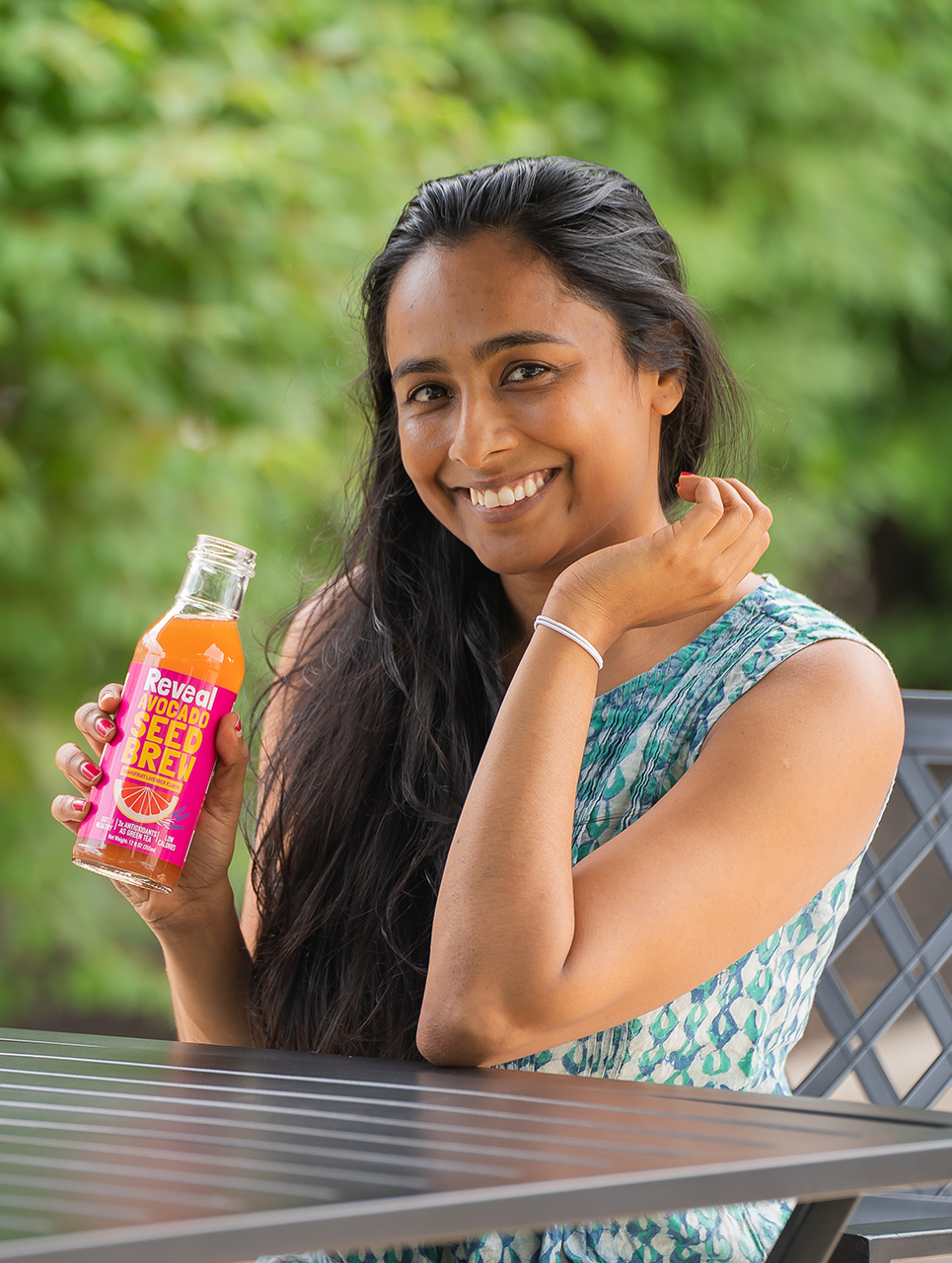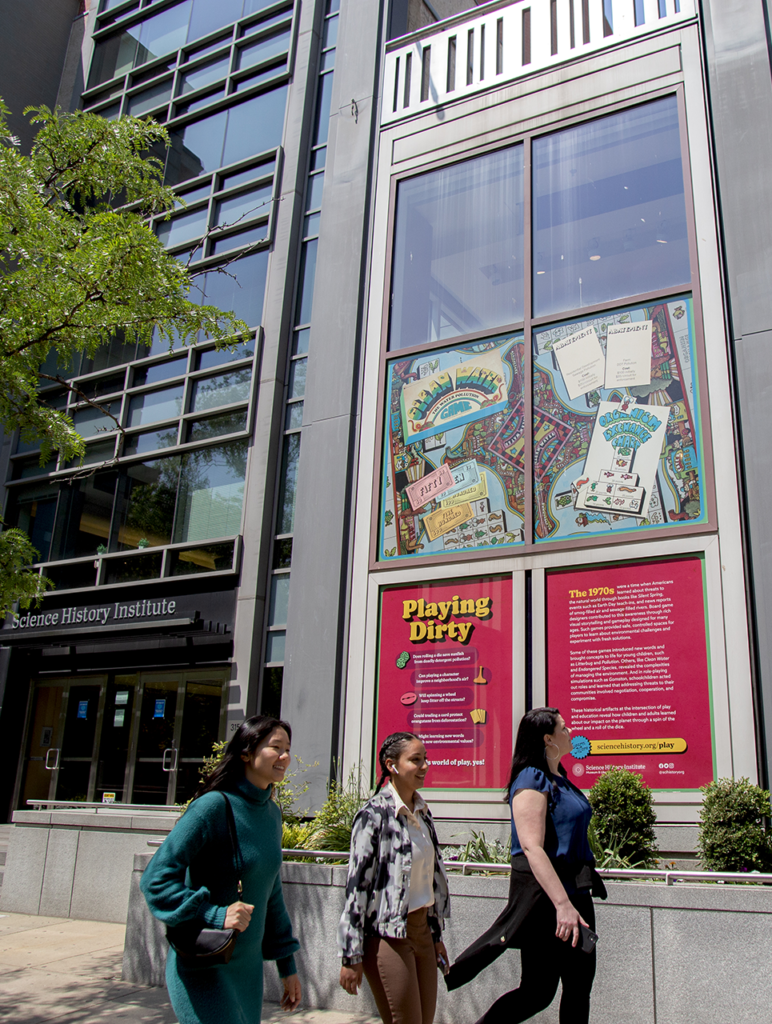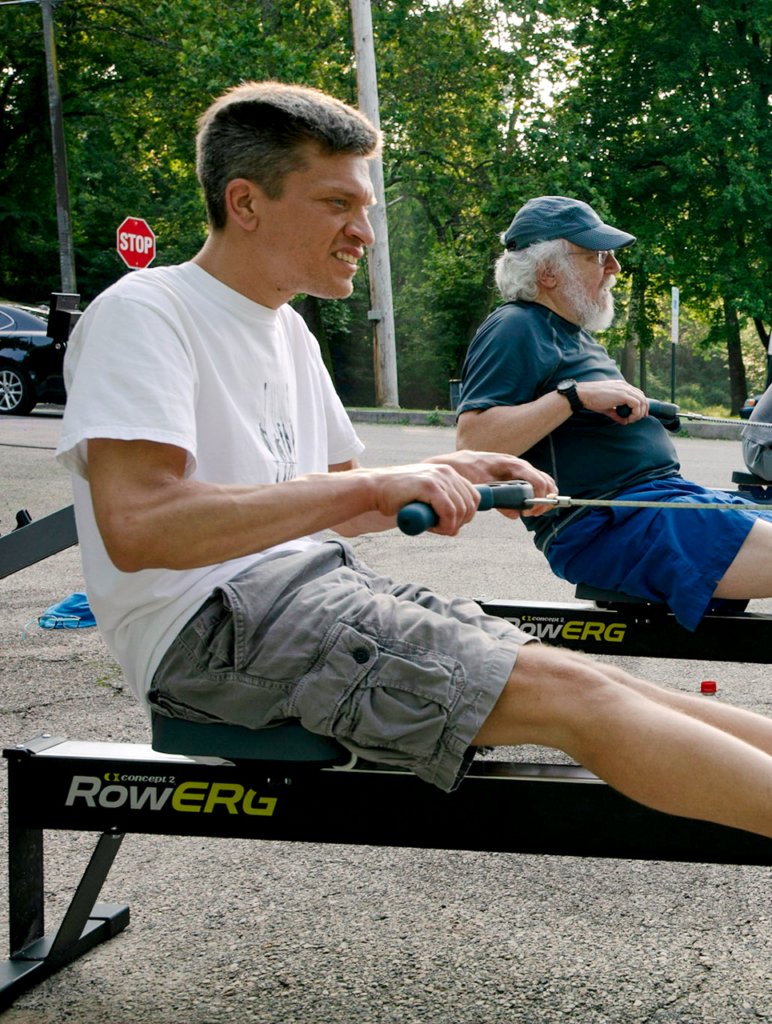Much of what we print in Grid is premised on the idea that we are able to alter how we live in important ways to lessen environmental problems. On the face of it, this makes sense. Global problems can be traced to the individual actions of billions of people, and in particular the actions of people in the United States and other wealthy nations who consume more than our fair share of the planet’s resources. The climate is warming due to the miles we drive and fly, the concrete in our houses, the food we waste and the apps we run on our phones.
Rainforests in the Democratic Republic of the Congo are cleared to mine the cobalt for the batteries in our electric cars, and in Indonesia and Colombia they are cleared to produce the palm oil in our ramen noodles and shampoo. If we just change how we live, we can solve these problems, right?
Kind of. The reality is that we are constrained by the systems in which we live, and most solutions are beyond our individual reach.
In this issue’s low-tech section we focus on ways to live more sustainably utilizing older technologies such as window fans instead of air conditioning and people-powered transportation instead of motor vehicles.
We hope you are inspired by these ideas, but if you’re throwing the magazine across the room in frustration, we understand.
You might want to ditch air conditioning, but you live in a neighborhood several degrees hotter than it should be thanks to a lack of tree cover on your block. Your row house is like a brick oven because 100 years ago when it was built, summer evening temperatures were low enough to provide meaningful relief from sultry August days. Now you’re lucky if the mercury dips below 75 by sunrise.
Want to ditch your car? The sidewalks in your neighborhood are always blocked by your neighbor’s SUV or torn up by construction, and there is no way that you can get back from work and pick up the kids on an unreliable and disjointed public transit system in time to get dinner on the table.
Our actions have to be part of the solution, but there’s no way they can solve
everything.
When it comes to infrastructure, we are almost entirely at the mercy of those in public office. The vast majority of Philadelphians have no influence over what comes out of our taps beyond paying our water bills, but as this issue’s article on the Delaware River shows, the safety of our water supply depends on coordination with other states and cities. Drinkable water also potentially depends on our leaders saying no to powerful industries that lobby to keep the Delaware dredged deep enough to accommodate huge container ships, even if the 45-foot-deep channel makes it easier for salt water to creep further upstream.
Please don’t take this to say that all hope is lost and that you should completely give up on individual action. Each of us does influence some small piece of every global and local environmental problem, and we can help spur others to change through our examples. We can also remind our elected officials what is important to us and support organizations that amplify our voices.
We need to do our part, but we also need to demand that our leaders do their part, too.
BERNARD BROWN, Managing Editor
Correction: In the July issue of Grid, we misattributed the article “Return of the Native” to Bernard Brown. It was written by Marilyn Anthony.









